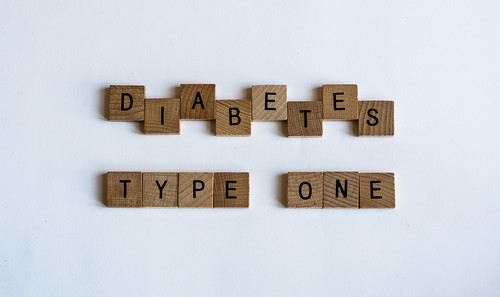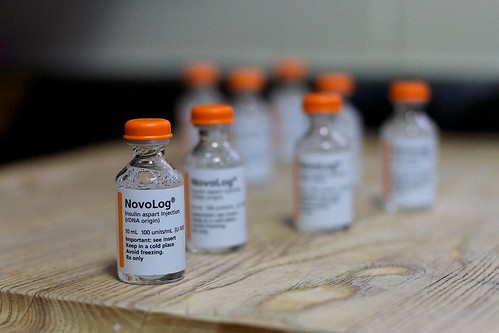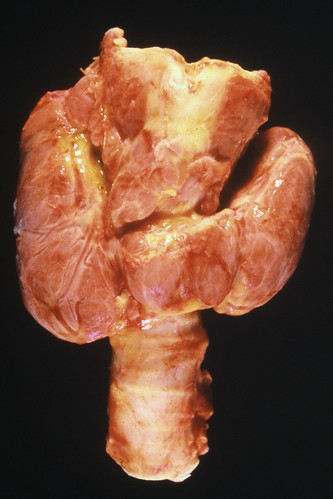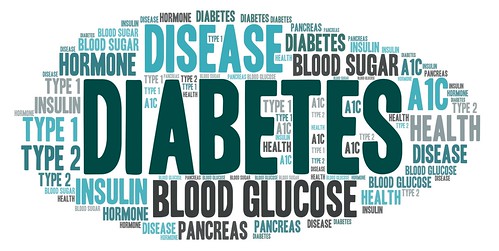What is Diabetes?
Diabetes mellitus (DM) is the most common endocrinal metabolic disorder in which there is a deficiency of insulin in the body. This common disorder affects more than 100 million people worldwide Diabetes mellitus is categorized into two types, type I insulin-dependent DM (IDDM) and type II non-insulin dependent DM (NIDDM).
Type I DM 
The exact cause of this type of diabetes is not known, all that is known is that it is an autoimmune disease. In this case the body’s immune system attacks the B-cells of the pancreas. When this occurs the production of insulin in the body is significantly reduced. Type I diabetes are normally adolescent individuals who are not obese when they first develop the symptoms. Symptoms for this type of DM include excessive hunger, excessive thirst, blurred vision, fatigue, frequent urination, dramatic weight loss, rapid breathing, flushed face, nausea, vomiting and stomach pain. For those with type I diabetes the first drug of choice is insulin in the form of injections or pumps. There are different types of insulins such as long acting (Lantus) and short acting (Humulin N, Novolin N) which can be used in conjunction or on their own. Diet and exercise also plays a big part in the treatment of this type of DM.
Type II DM
This type of DM has a very strong powerful genetic predisposition. With this type the body is lacking in insulin production by the beta-cells due to insulin resistance. People of middle age or older are most likely to get this kind of diabetes, so at times it is called adult-onset diabetes. Symptoms for this type of DM include increased hunger, increased thirst, increased urination, blurred vision, tiredness, sores that are hard to heal. Individuals with type II DM the most useful treatment are oral hypoglycemic medications and insulin along with diet and exercise. These drugs are used to correct the resistance of insulin and the insufficient insulin secretion. Some of the most common oral medications used are: Metformin, Glimepiride, Glipizide, Pioglizatone and Acarbose.
How do I self-manage Diabetes Mellitus?
Self-management of DM includes a variety of things but when done in conjunction DM can be monitored and be controlled.
- Checking and Monitoring blood sugar levels – Individuals with DM are recommended to
 check their blood sugar levels regularly or as instructed by their doctor. This can be done efficiently at home by using glucometers.
check their blood sugar levels regularly or as instructed by their doctor. This can be done efficiently at home by using glucometers. - Proper dietary choices and maintaining a healthy weight – Following a meal plan that involves portion control and choosing healthy foods to help control calorie andcarbohydrate intake. Meeting with
a registered dietitian regularly is also a great resource. - Exercising Regularly – This can help control blood sugar levels, promote weight loss and improve well-being. It is suggested that individuals exercise at least 30 minutes a day on most days of the week.
- Taking medication properly – Knowing what each medication and insulin is and what is does to the body is important. Taking is regularly and on time is also key in managing DM.

- Monitoring symptoms – Knowing the signs and symptoms of hypoglycemia/hyperglycemia and knowing what appropriate action to take
- Foot care – Individuals with DM are prone to having skin and wound issues especially on their feet. Inspecting feet daily, bathing feet in lukewarm water, moisturizing feet but not in between toes, cutting nails carefully and regular visits with a podiatrist is recommended.
How does DM affect other symptoms of the body?
Individuals with DM may have complications like retinopathy, nephropathy, neuropathy, cardiovascular disease and ulceration issues. Those with type I DM are more susceptible to coronary artery, heart, and peripheral vascular disease. Individuals with type II DM have a high risk of atherosclerosis associated with hypertension, hyperlipidemia, obesity, and renal diseases. A study was conducted to demonstrate how thyroid dysfunctions and DM are two of most commonly prevalent endocrine disorders encountered in clinical practice. Diabetes affects thyroid functions at various levels and thyroid hormones influence carbohydrate metabolism and pancreatic functions. Thyroid functions are significantly altered in those with DM due to the changes in thyrotropin-releasing hormone (TRH). Therefore, periodic screening for their coexistence is recommended among diabetic individuals. Below is a video that further explains the association between thyroid function and diabetes mellitus.
Additional resources:
https://www.cdc.gov/learnmorefeelbetter/programs/diabetes.htm
References:
Bhavani, K., Manivasagam, G. A., & Kumar, N. P. (2020). A review on diabetes mellitus – An annihilatory metabolic disorder. Drug Invention Today, 13(5), 787–790.
Habebo, T. T., Pooyan, E. J., Mosadeghrad, A. M., Babore, G. O., & Dessu, B. K. (2020). Prevalence of Poor Diabetes Self-Management Behaviors among Ethiopian Diabetes Mellitus Patients: A Systematic Review and Meta- Analysis. Ethiopian Journal of Health Sciences, 30(4), 623–638. https://doi.org/10.4314/ejhs.v30i4.18
Hall, G. (2015). Supporting successful self-management in diabetes. Diabetes & Primary Care, 17(2), 94–101.
VAMSHIDHAR, I. S. (2020). A Study of Association of Thyroid Dysfunctions in Patients with Type 2 Diabetes Mellitus. Maedica – a Journal of Clinical Medicine, 15(2), 169–173. https://doi.org/10.26574/maedica.2020.15.2.169

